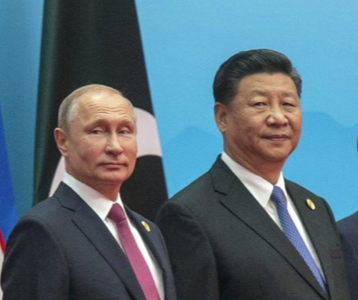In February 2015, we wrote about a newly conceived category of advanced weapon systems purposed or repurposed to destroy aggressor states’ conventional weapons, ammo, and war supplies while such are used for aggression, yet refining the weapons to be ever more precise to that purpose, reducing collateral damage and depopulation: “These could be relabeled “disarmament tools,” or “disarmament technologies,” precisely targeting aggressor conventional weapons and their supporting technologies, but not necessarily personnel.”
This specialized purpose of targeting enemy conventional weapons and not the people themselves, nor their strategic nuclear deterrent, decreases the existential threat to a power like Russia which has met with historical depopulation, placing more importance on strategic nuclear deterrence to defend its massive territory.
The Putin nuclear doctrine of “escalate to de-escalate” as perceived by the U.S. intelligence community in 2012 contemplated the coercive use of tactical nuclear weapons to preserve the Russian state should nuclear or conventional threats threaten its existence. However, other analysts since have argued that the coercive, preemptive tactical nuclear strike perspective is overdone and that the conventional threat focus of Russia’s nuclear doctrine refers to the use of precision conventional strike weapons against Russian strategic assets (nuclear weapons sites and delivery systems).
In light of the above and Putin’s persistent, near three-year war on Ukraine, the United States can and should justifiably and lawfully approve Ukraine’s narrowly-focused use of precision, conventional long range weapons or unconventional methods to destroy Russia’s conventional (not strategic nuclear) weapons systems, architectures, supplies, parts, munitions, machinery, and supporting resources contributing to its ongoing war of aggression on Ukraine.

